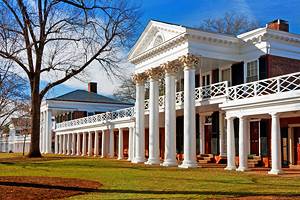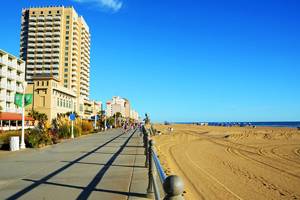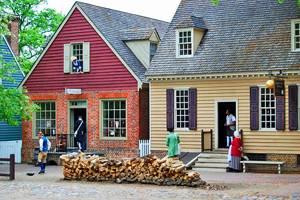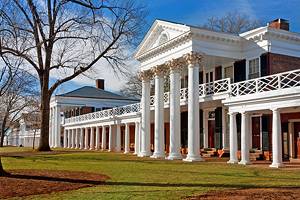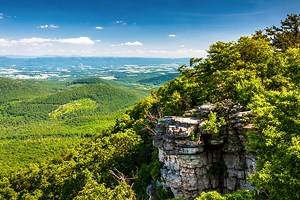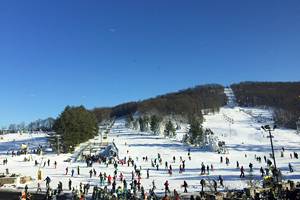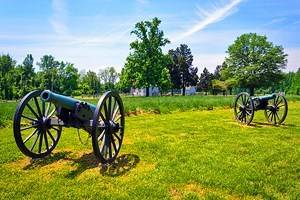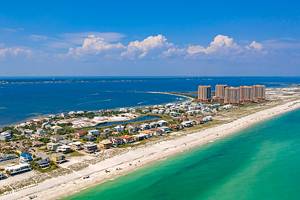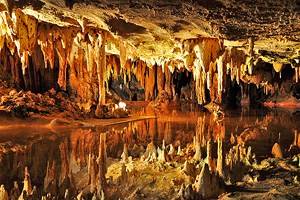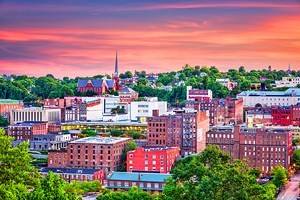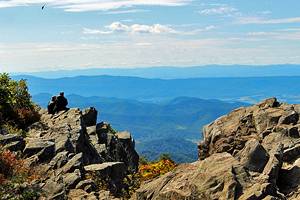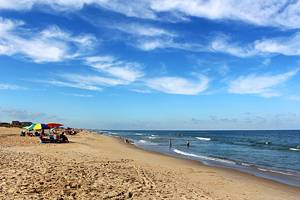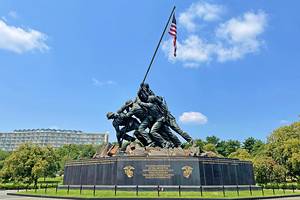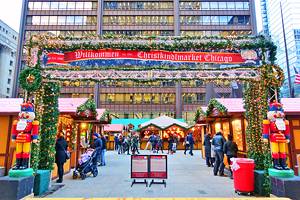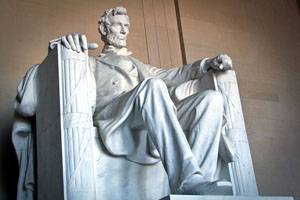Tourist Attractions in Richmond, VA
As the capital of the Confederacy during the Civil War, it's not surprising that several top attractions in Richmond relate to that history. But there are a lot more things to do in this lively southern city.
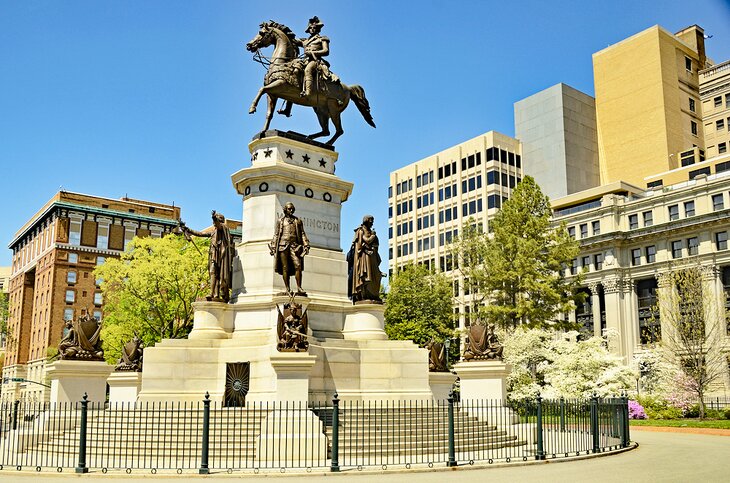
Take in a show at the beautiful Byrd Theatre and spend an hour or two in the company of great artists in the Virginia Museum of Fine Art; be dazzled by the nation's finest collection of Fabergé jeweled Easter eggs.
As the slogan says, "Virginia is for Lovers" and Richmond is a great choice for a romantic getaway, with cozy restaurants and two beautiful gardens to stroll through. Take a shopping trip through Carytown's locally owned stores and stop for a snack in one of the cafés and bakeries.
The treehouse and large area of the botanical gardens that are set aside for children are popular places to go for families; older kids will want to experience the Virginia Museum of History & Culture's new exhibit on the first missions to the moon.
Whatever your interests, you'll find plenty of places to visit with our list of the top attractions and things to do in Richmond.
Visit the Virginia Museum of Fine Arts
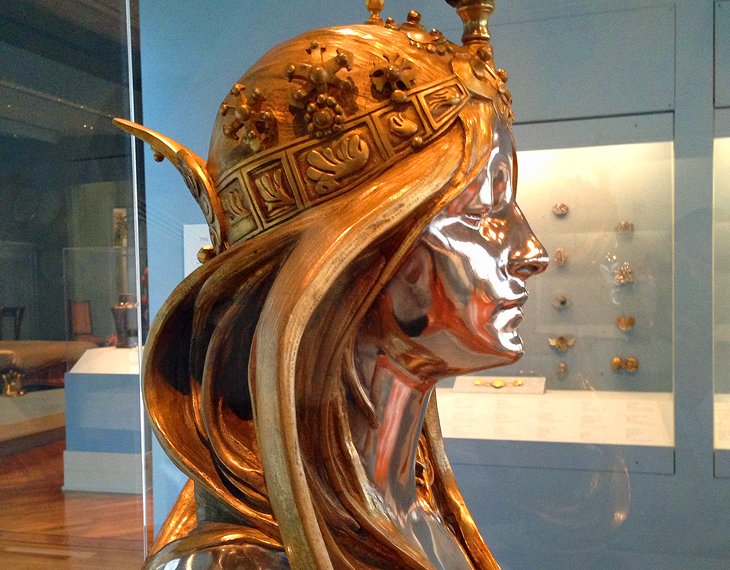
The important collections of the Virginia Museum of Fine Arts are the envy of many museums in larger cities. Permanent galleries of early 20th-century European art include works by leading French artists: Henri Matisse, Pablo Picasso, and Georges Braque among them.
Be sure to see the nation's preeminent collection of Fabergé jeweled Easter eggs, enameled boxes and trinkets, as well as works in enamel and precious stones by other premier Russian artists.
The Fischer Collection of Modernist works made the museum's holdings internationally significant by adding outstanding examples of German Expressionism. Other noted collections include French Impressionists; English silver; and especially the collections of Art Nouveau, Art Deco, and Modern and Contemporary American art. South Asian, Himalayan, and African art are other collections considered among the finest in the country.
Address: 200 North Arthur Ashe Boulevard, Richmond, Virginia
Spend an Afternoon at Maymont
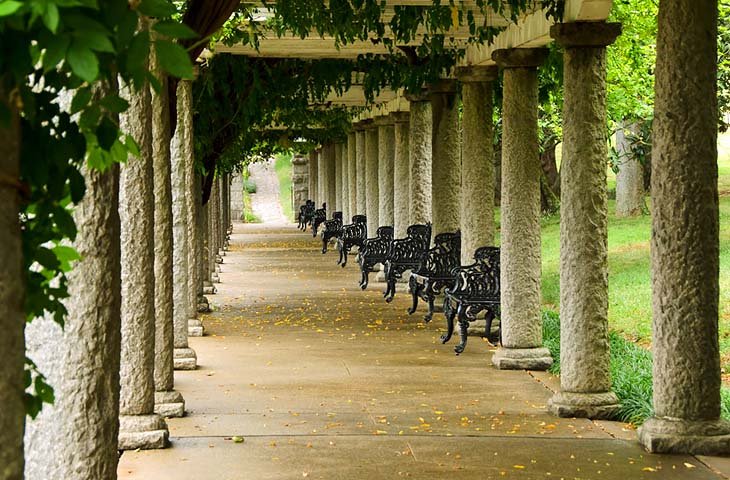
The estate of Maymont was left to the city of Richmond by James and Sallie Dooley, who built it in the late 1890s and lived here through 1925. It includes a mansion, an arboretum, several gardens, a 100-acre park, a children's petting farm, and a carriage collection.
The mansion itself is a museum, restored and furnished in the opulent and luxurious style popular in the late 1800s, when the Dooleys first lived here. It is filled with the treasures they collected in their travels around the world and is the epitome of the Gilded Age, when millionaires displayed and enjoyed their wealth quite publicly.
The gardens, on which the Dooleys lavished the same attention, are spectacular and meant for enjoyment. You can bring a picnic and visit a Nature Center that probes the natural history of the James River, which the estate overlooks.
Address: 1700 Hampton Street, Richmond, Virginia
Explore the Lewis Ginter Botanical Garden
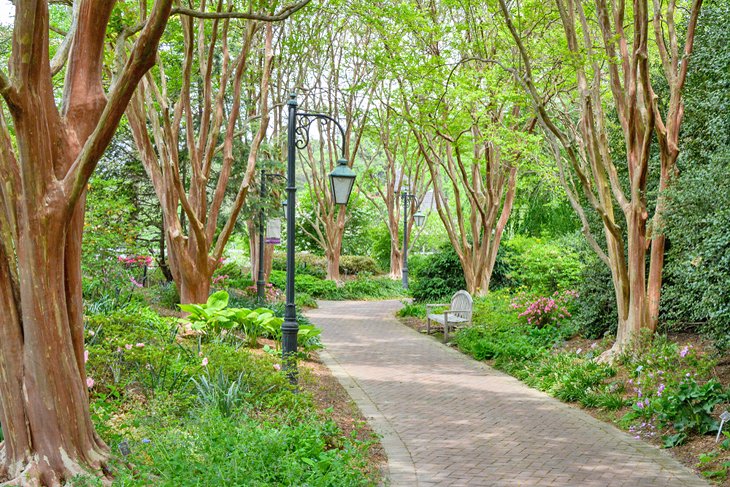
Although a botanical garden might not be the first place you would think of to bring the kids, the Lewis Ginter Botanical Garden has a surprising number of things to do for both children and adults, making it the perfect place to visit for families.
The children's garden is designed to encourage interaction, and here kids can dig, climb, and even cool off in the water-play area, perfect on a hot day. This area also is home to the unique CWDKids Tree House, which is fully wheelchair accessible, allowing everyone to enjoy the view from up top.
The 63-foot-tall domed Conservatory also houses a variety of exhibits and things to see, including palms; cacti; orchid houses; and seasonal displays like the holiday light festival, a model train display, and a butterfly experience.
In the 50-acre property, you'll also find a rose garden with over 70 varieties; a community kitchen garden, which feeds local seniors and children in need; an area dedicated to Asian plants; and many more specialized gardens.
Address: 1800 Lakeside Avenue, Richmond, Virginia
White House of the Confederacy
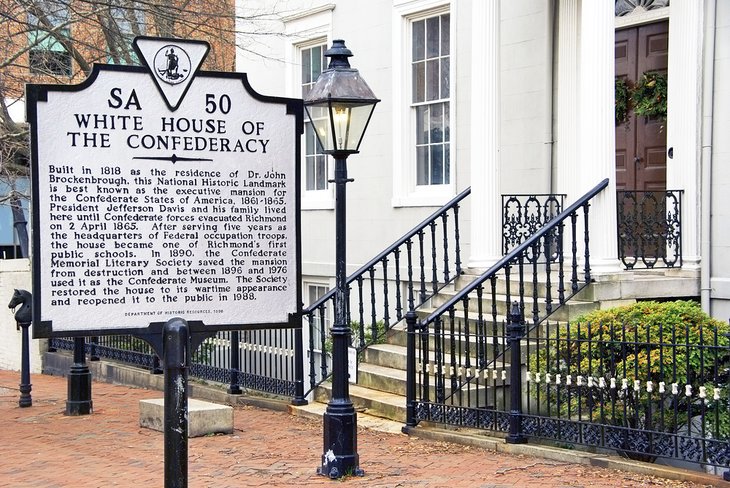
Built in 1818 as a private home, the White House of the Confederacy was the executive residence of Confederate President Jefferson Davis, his wife Varina, and their children from August 1861 until they were forced to leave during the evacuation of Richmond in April 1865.
Beautifully restored to its wartime appearance, it is now furnished in the height of period fashion, with Rococo-Revival furniture upholstered in silk, fine carpets, and flocked wallpaper, as it would have been when guests like Robert E. Lee visited the mansion.
Varian Davis was an accomplished hostess, and the house reflects her style as she entertained at dinners, receptions, balls, and garden parties during Richmond's social season. You can visit the garden she planted behind the house, filled with fragrant roses.
Along with the Tredegar Iron Works, it serves as a Museum of the Confederacy, with vast collections of artifacts from the Civil War and the Confederate states. Although the collections include flags, hand weapons, photographs, and other artifacts, the focus of the permanent and changing exhibits is on the personal stories.
Address: 1201 E Clay Street, Richmond, Virginia
Admire the Virginia State Capitol
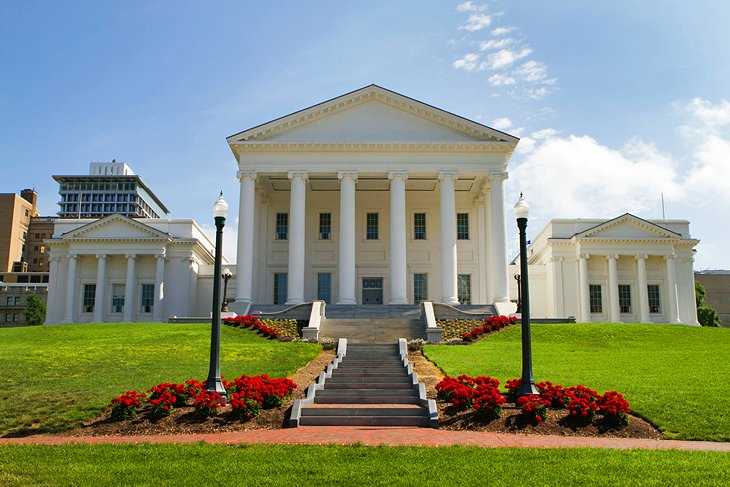
The imposing white Capitol was built in 1785 to 1788 to the design of Thomas Jefferson, who modeled it after the Roman temple known as the Maison Carree in Nimes, France. Several major events in Confederate history took place here, including the ratification of Virginia's secession and Robert E. Lee's appointment as commander of the Southern army.
The statue of George Washington in the lobby was the work of Jean-Antoine Houdon. The capitol sits in a spacious park known as Capitol Square, where you can also see the 1813 Governor's Mansion; a bell tower built in 1824, which now houses a visitor center; an equestrian monument to George Washington erected in 1857; and the 1924 Washington Building housing state offices.
Address: 910 Capitol Street, Richmond, Virginia
Stroll through Church Hill Historic District
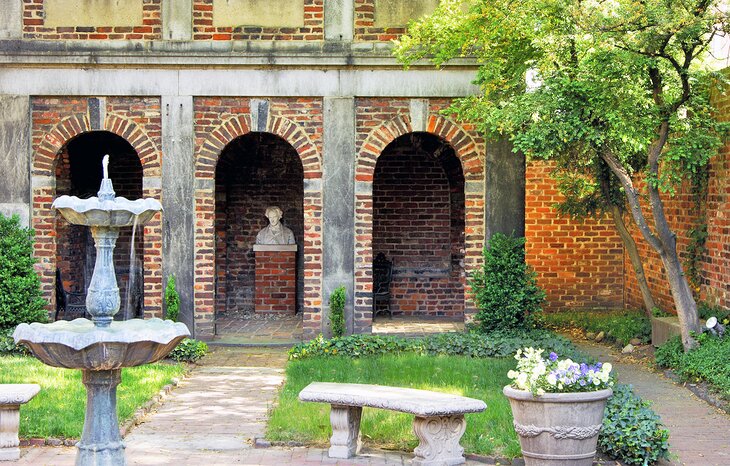
For an impression of what Richmond was like before the Civil War, visit the streets east of the State Capitol, beyond I-95, where you'll find about 70 antebellum houses and St. John's Episcopal Church, built in 1741. It was here that patriot Patrick Henry made his famous speech, which coined the slogan, "Give me liberty or give me death" during the Second Virginia Convention.
This is the oldest church in the city, and you can take a guided tour of its highlights. The oldest building in Richmond is The Old Stone House at 1914 East Main Street, built in 1737. It now houses the Edgar Allan Poe Museum remembering the poet and author who lived in Richmond for several years and worked on a local newspaper. Some of his original manuscripts, documents, and personal items are displayed in the museum.
Address: 1914 East Main Street, Richmond, Virginia
American Civil War Center at Tredegar Iron Works
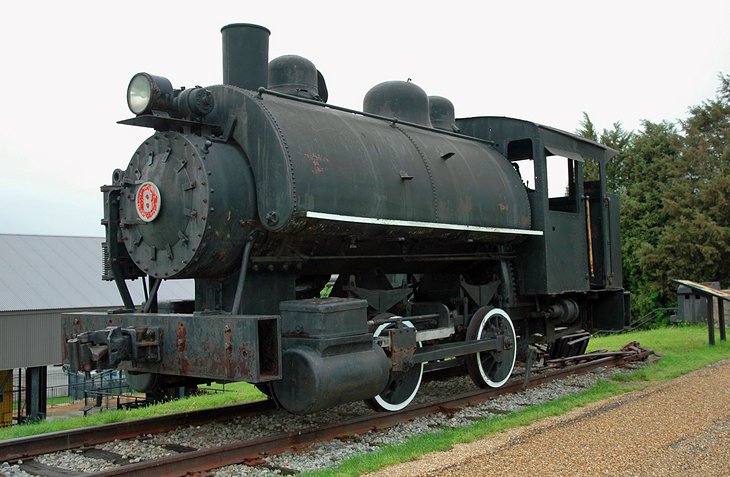
The former Tredegar Iron Works, on the James River in downtown Richmond, was founded in 1837 and was one of the country's largest industrial sites before the Civil War. When the war broke out, it was the largest in the Confederacy and supplied about half of the artillery for the Confederate Army. The site has been named a National Historic Landmark.
Today a museum, American Civil War Center, surrounds the central foundry's ruined walls, with galleries of exhibits dedicated to interpreting the Civil War's causes and effects from the perspectives of the Confederates, the Union, and African-Americans.
A new building, opened in 2019, contains more than 7,000 square feet of gallery space for permanent and changing exhibitions. A highlight of a visit here is the museum's new immersive theater experience that brings to life Richmond's role in the Civil War.
Address: 480 Tredegar Street, Richmond, Virginia
Virginia Holocaust Museum
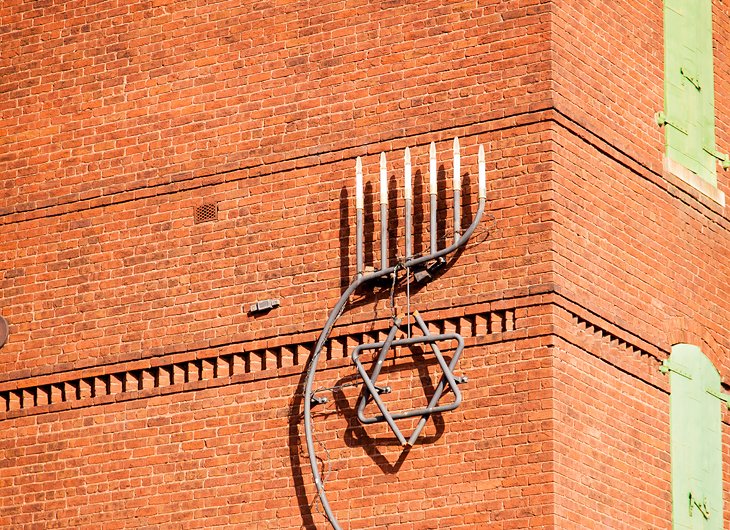
The Virginia Holocaust Museum gives visitors a thorough history of the Holocaust, from the social and political climates that led up to its beginnings through the terrible aftermath. Exhibits include artifacts, photos, and personal stories that shed light on the tragedy.
The most impactful of these artifacts is an actual German Güterwagen, or "goods wagon," which was used by the Nazis to transport prisoners to the camps; visitors can actually step inside to get a glimpse into the experience so many endured.
Other major exhibits include the survival story of the Ipson family, a full reproduction of the Nuremberg Trial courtroom, and the Jewish American Hall of Fame.
Address: 2000 East Cary Street, Richmond, Virginia
Walk or Cruise along the Canal
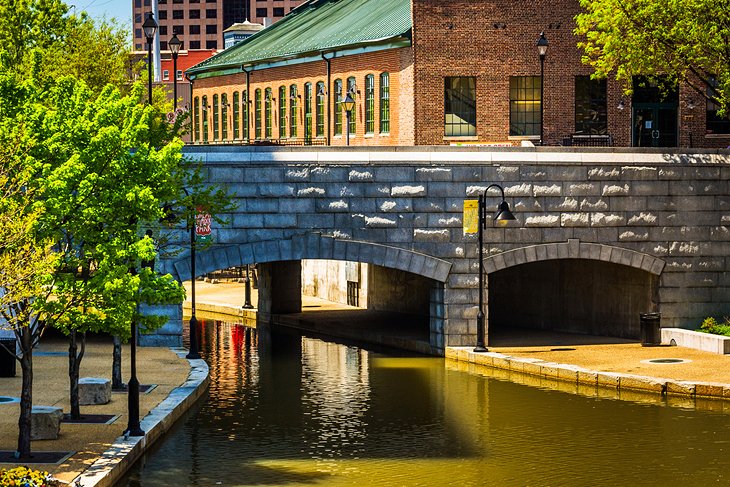
It was George Washington who urged the Virginia General Assembly to build a canal and roads to connect east coast harbors to western markets. The result was the James River-Kanawha Canal, which you can follow today along 1.25 miles of paved promenades interspersed with historic sights, statues, and markers telling Richmond's four-century story.
Along the Canal Walk is Brown's Island, the scene of outdoor concerts and the annual Richmond Folk Festival, and the American Civil War Center at the former Tredegar ironworks. You can also cruise the canal on 40-minute historical tours, which depart on the hour from the Turning Basin, between 14th and Dock streets on Virginia Street.
Touch the Moon at the Virginia Museum of History and Culture
The Virginia Museum of History and Culture is home to permanent and rotating exhibits, which explore the natural and cultural history of the state. Its central exhibit, The Story of Virginia, contains a collection of over 500 artifacts, which give visitors a first-hand look at items from the past, from prehistoric tools to contemporary accomplishments.
Launched in March 2023, the dynamic Apollo: When We Went to the Moon exhibit relates the dramatic story behind America's first missions to the Moon. Exploring the relationship between the Cold War and the moon exploration, the exhibit looks at the events through the eyes of the astronauts and scientists.
Media presentations and an immersive audiovisual experience capture the excitement of the times, taking visitors to the launch pad and into a full-scale Apollo 17 lunar rover model to experience travel on the moon's surface. You can touch an actual piece of the moon here.
Smaller permanent exhibits include a collection of Confederate historical documents, a gallery of military-themed murals, and an exhibit about the silver industry in Virginia. The museum's library and archives are another important aspect of the collections, and there are a great deal of genealogy resources available, including the recently developed Database of Virginia Slave Names.
Address: 428 North Arthur Ashe Boulevard, Richmond, Virginia
The Valentine Museum and Richmond History Center
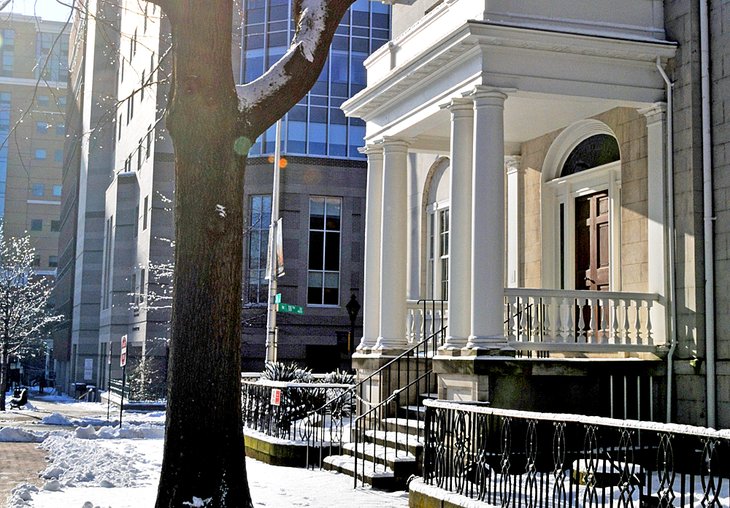
The eclectic collections and exhibits at the Valentine Museum tell the stories of the people and incidents that made Virginia. But in addition to its galleries are two other significant buildings. One is the Edward V. Valentine Sculpture Studio, one of only four surviving 19th-century American sculpture studios open to the public. Casts and models for a number of his works are here, as well as sketches, plans, and his working tools.
The National Historic Landmark 1812 Wickham House is an outstanding example of 19th-century Federal architecture, especially known for some of the finest examples of interior decorative painting in America. It shows how prominent Richmond families lived and gives a glimpse into their private world. At various times, the basement floor is also accessible to the public, showing how the household slaves lived and worked.
Address: 1015 East Clay Street, Richmond, Virginia
Take Time Out in Carytown
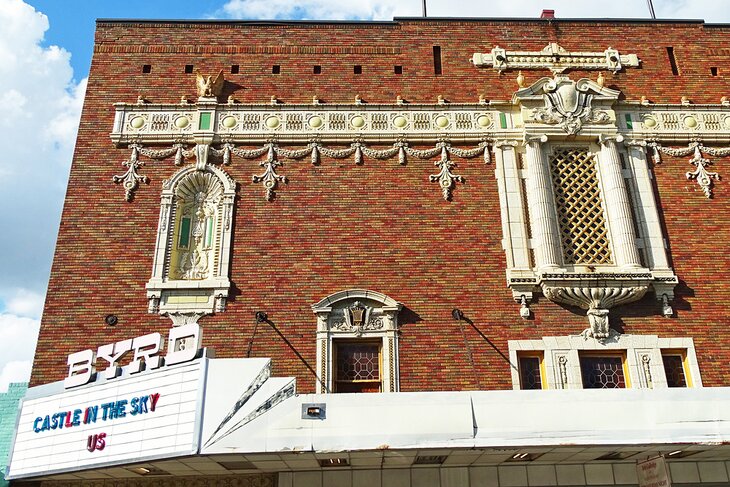
The eight or so blocks of West Cary Street and its adjacent streets and alleys form Carytown, Richmond's liveliest and most eclectic neighborhood. Spend an afternoon shopping or browsing in the small locally owned shops and admiring the murals that decorate the buildings and shop fronts.
You'll find artisan and art galleries; vintage clothes and vinyl; consignment and second-hand shops; Fair Trade imports; and a toy store filled with games, puzzles, and amusements for all ages. Stop for a snack at Le Creperie or one of the bakeries and cafés, or stay for dinner and choose from Indian, Thai, Vietnamese, Italian, Japanese, or vegan cuisine.
Anchoring the district is the historic Byrd Theatre, whose opulent interior is lighted by a grand chandelier of 2,000 crystals and 200 bulbs. This National Historic Landmark opened in 1928 and had survived unaltered.
Walk through Richmond National Battlefield Park
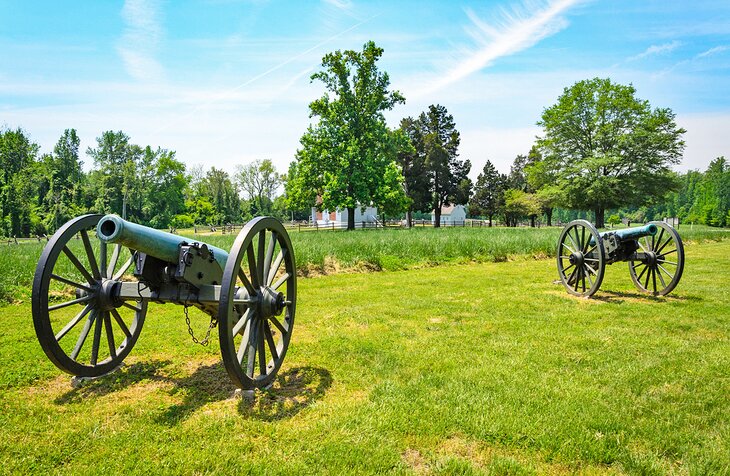
During the Civil War, as the capital of the Confederacy, Richmond was a prime target for capture by Union forces, and they mounted several attacks before succeeding in April of 1865, only a few days before Lee's surrender at Appomattox ended the war.
Richmond National Battlefield Park examines not only the two major campaigns to take Richmond — the 1862 Peninsula Campaign and the Overland Campaign of 1864 — but also the Confederacy's largest hospital and a naval battle.
Walking trails take you along miles of original fortifications and to the places where opposing soldiers fought only a few feet apart. Several visitor centers highlight and interpret events and sights.
Cold Harbor Visitor Center features a walking trail past Union and Confederate lines, setting the scene of June 1864 with an electronic battle map. At Fort Harrison, you will learn more about a September 29, 1864 attack on the fort.
Exhibits and an electronic battle map at the Glendale National Cemetery visitor center explain the Glendale and Malvern Hill battles, part of General McClellan's Seven Days Campaign in 1862. At Chimborazo Park, you'll learn about the 1860s Confederate Chimborazo Hospital, which was one of the largest military hospitals in the world.
Address: 3215 East Broad Street, Richmond, Virginia
John Marshall House
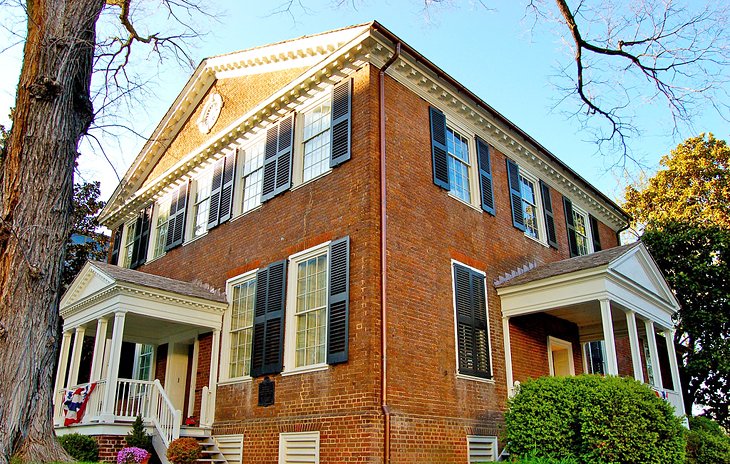
John Marshall House was the home of the distinguished jurist and is one of the few remaining Federal-style homes in the area. The fourth Chief Justice of the US Supreme Court, Marshall served from 1801 to 1835, and his court opinions established several crucial concepts of constitutional government.
Most important of these was making the Supreme Court an equal branch of government with the Congress and the president, and reinforcing the principle that federal law took priority over state laws.
His home, within walking distance of the State Capitol, is filled with the nation's largest collection of Marshall family relics and furniture, plus the largest collection of Richmond Federal period furnishings.
Address: 818 East Marshall Street, Richmond, Virginia
Map of Attractions & Things to Do in Richmond, VA
More Related Articles on PlanetWare.com
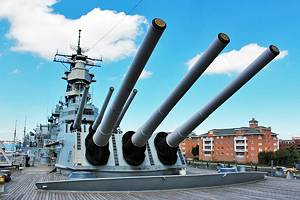
Coastal Virginia: In less than two hours by car from Richmond, tourists can soak up even more history by visiting Norfolk, best known as the home of the world's largest naval base. In addition to several military attractions, like the Battleship Wisconsin and tours of the base, Norfolk is home to fine museums, a botanical garden, and an excellent zoo. The family-favorite Virginia Beach is not far from here, where you can find plenty of traditional beach town recreation, as well as an impressive aquarium and many other things to do.
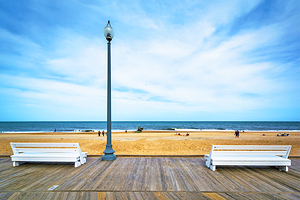
Beaches Galore: Despite its size, the coastal state of Delaware has an incredible amount of shoreline thanks to its shape and position on the eastern side of the peninsula it shares with Maryland. Most of Delaware's most popular beaches are located within the protected area of Delaware Bay, which provides calm swimming conditions, although the highly popular Rehoboth Beach sits right on the Atlantic, beckoning tourists and locals alike.
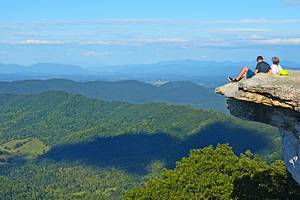
Inland Virginia: While Richmond and its coastal neighbors get a lot of attention, Virginia has plenty to offer as you travel deeper into the state. Charlottesville, just over an hour from Richmond, sits in the middle of central Virginia's Piedmont region and is a peaceful retreat beside the Blue Ridge Mountains. The area is popular with those who enjoy outdoor activities, but Roanoke is Virginia's top nature adventure destination, popular for its rock climbing, hiking, sports fishing, and boating. You'll also find excellent hiking in nearby Shenandoah National Park.


